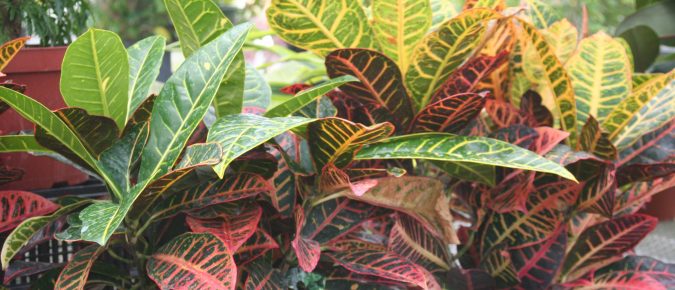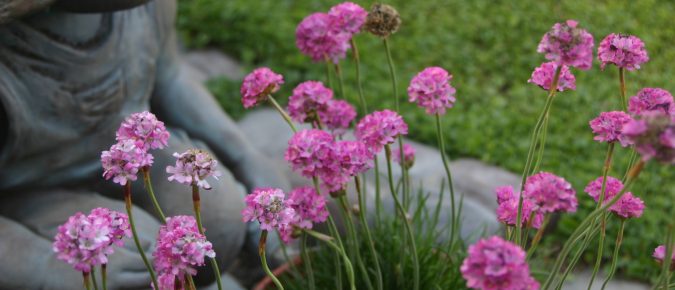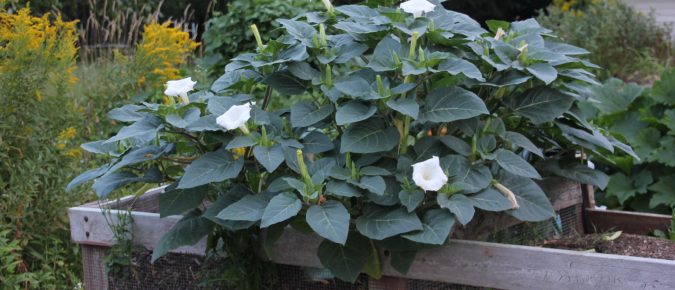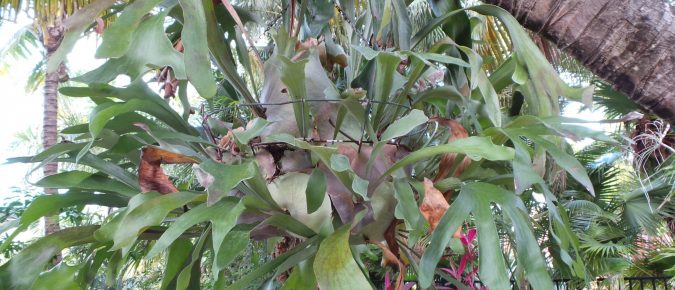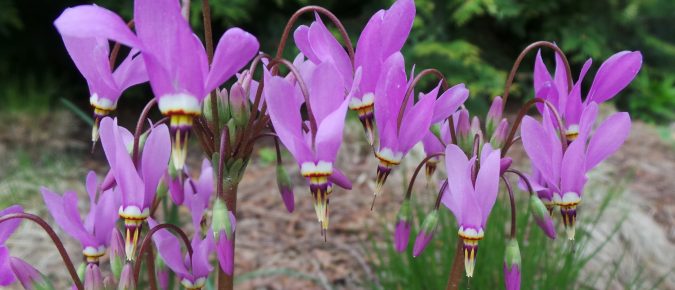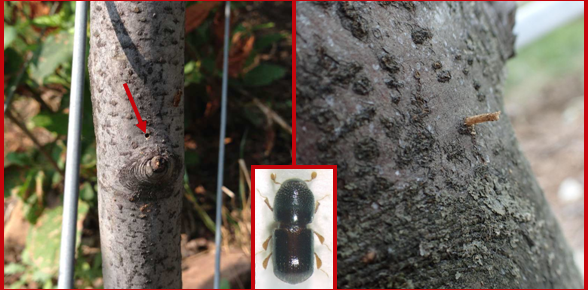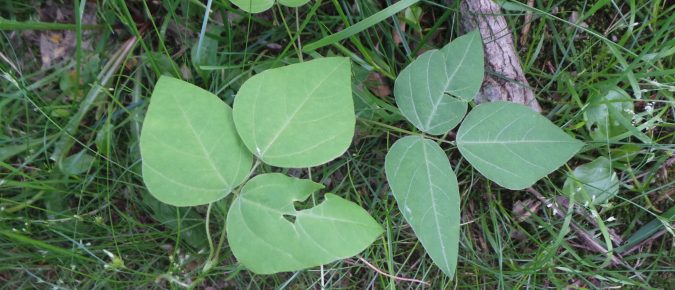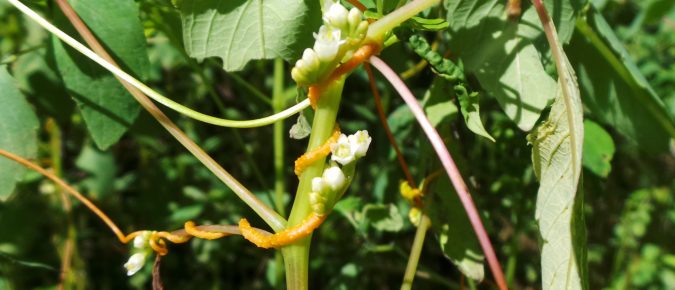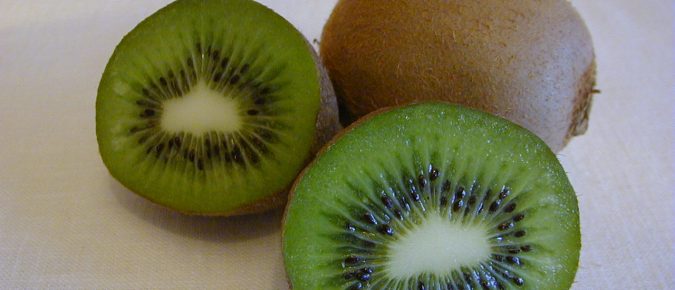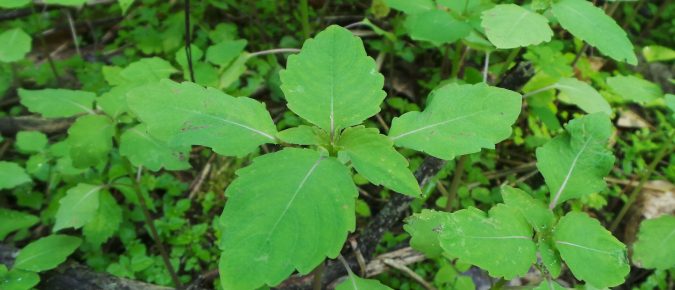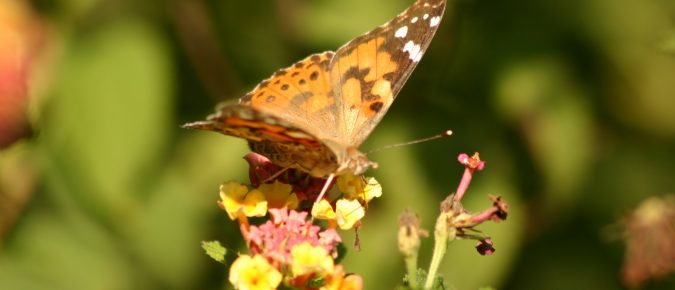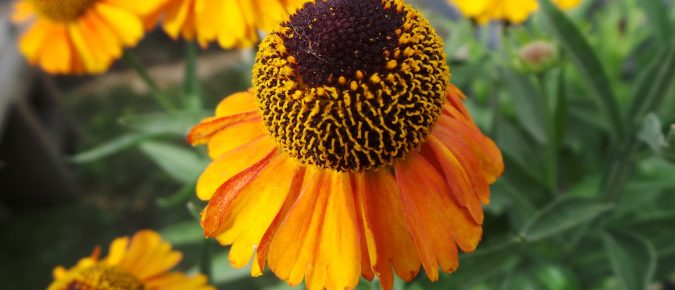One of the boldest houseplants around, croton offers fabulous foliage marked with bright yellow, orange, red, and even near black. These eye-catching plants add a tropical touch to indoor décor or make a dramatic focal point as a seasonal plant outdoors during the growing season. Learn more about them in this article.
Sea thrift is a profuse spring and early summer bloomer, with pink or white flowers on low mounds of dense foliage. Coming from mountainous and coastal areas, it needs excellent drainage and lean soils to thrive so can be a challenge to grow in wet Midwestern climates. Learn more about this clump-forming evergreen perennial in this article…
With coarse foliage and big, dramatic funnel-shaped flowers on large, mound-shaped plants, datura makes a bold statement in the garden. These fast-growing annual or tender perennial herbaceous plants are easily grown as seasonal plants in colder climates. Learn more about these plants that are not only ornamental, but have been used for medicinal, religious, and cultural purposes for millennia in this article…
With “leaves” shaped like deer antlers arching out from a brown and green shield-shaped base, staghorn fern can be a dramatic decorative accent and conversation starter. Naturally growing on trees for support and protection, these plants can be a bit challenging to grow indoors, but make fine houseplants with a little effort. Learn about these unique tropical ferns and how to grow them in this article…
With delicate, nodding purple, pink or white flowers that resemble tiny “shooting stars”, Dodecatheon meadia is a charming spring wildflower of moist prairies and open woodlands that adapts well to home gardens. Learn more about this perennial native to the central and eastern US in this article…
Black stem borer (BSB), is an invasive beetle from Asia. This factsheet describes the appearance, life cycle, scouting suggestions and control methods of this important pest.
With attractive trifoliate leaves and the ability to fix nitrogen, American hog-peanut is a vigorous annual vine that twines around neighboring plants – making it welcome in some places, but usually considered a weed in ornamental landscapes. It is a somewhat unusual plant because it produces two types of flowers and seeds. Learn more about this North American native in the pea family in this article…
Tangles of pale yellow or bright orange strings running amok over other plants may remind you of science fiction tales, but there are actually real plants that grow like this. The nearly leafless, stringlike stems of dodder can be seen occasionally on a wide variety of plants in different habitats. Learn more about the biology of these parasitic plants that depend on their host plants for nutrition in this article…
Kiwifruits are an interesting fruit that can grow in Wisconsin. Learn more about this fruit and how to select and grow it successfully.
With showy orange flowers, jewelweed comes into its own in late summer and fall. Growing in dense patches in moist, shady habitats, this native plant offers nectar for hummingbirds and other pollinators. Usually grown just as a wild plant, it can be added to rain gardens or to suppress weeds in appropriate areas. Learn more about this self-seeding annual in this article…
The painted lady butterfly is a common visitor in Wisconsin, especially in the fall. These colorful insects prefer open areas, including prairies, old fields, vacant lots, and gardens where they feed preferentially on the nectar from relatively tall herbaceous perennials. The spiny caterpillars feed on a large number of different plants. To learn more about this butterfly, read this article…
For a burst of late-season color, heleniums offer something different than most other daisy-type flowers with short petals in warm, fall colors and a high, architectural center. A few of these robust perennials bloom as early as June, but most wait until August or September when the rest of the garden is waning. Learn more about the garden hybrids developed from these North American natives in this article…

